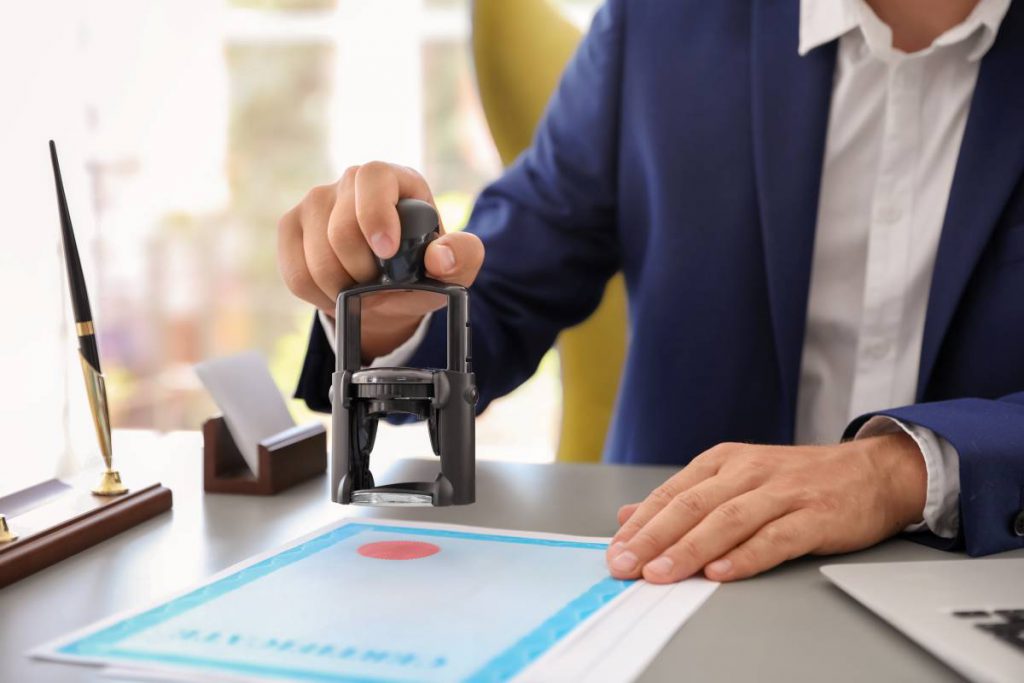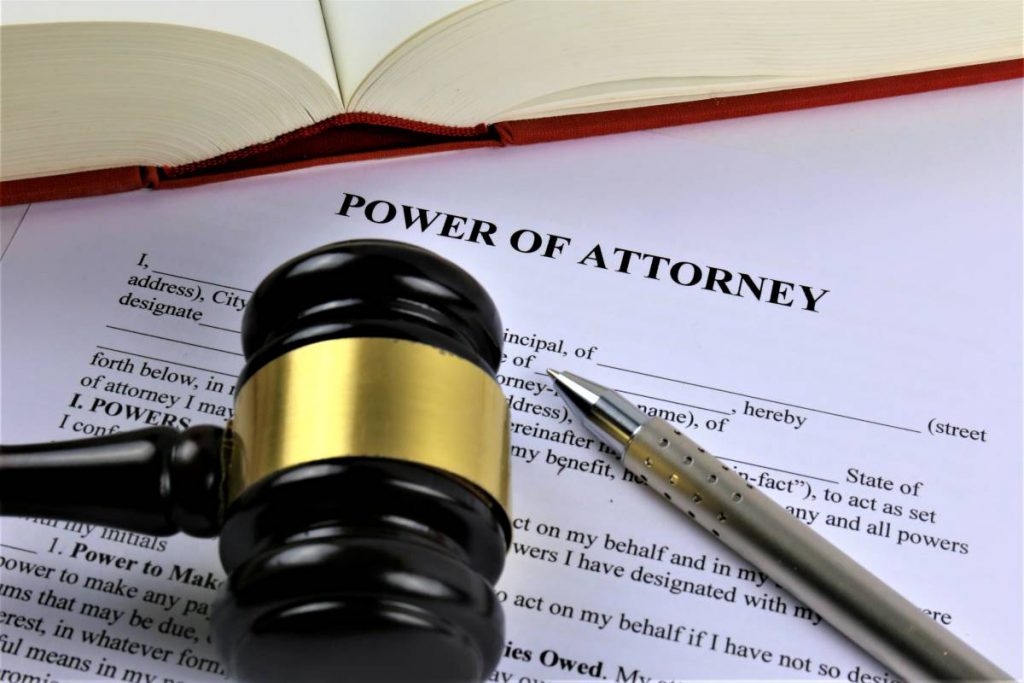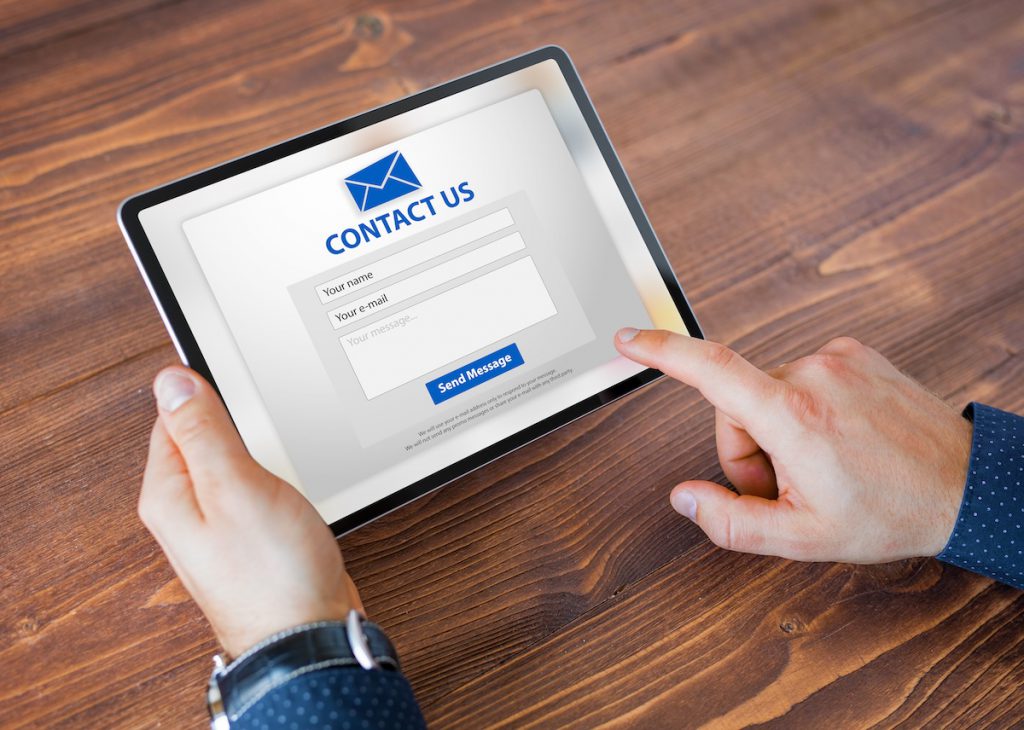Whether for business or personal matters, there are several reasons you might need to have a document authenticated.

What is Authentication And Why Do You Need it?
Authentication is the process by which an original document is proven to be genuine with a recognized signature and stamp from the issuing body. This is required for all Canadian public records to be acknowledged by foreign bodies.
These documents could include passports, medical, birth, marriage, and death certificates, to name a few.
Before You Start
Before authenticating your documents, it’s crucial to understand the process and iron out a few details.
- Check what documents require authentication: start by checking if your document needs authentication with the foreign embassy, consulate, or high commission of the country that will use your records.
- Translate your documents: if your document contains a language other than English or French, it must be sent with a certified, notarized translation. There are two options for this:
- Certified Translation Service: many third-party translation services offer certified and notarized translations. To meet authentication requirements, an accredited member of the Canadian Translation, Terminologists, and Interpreters Council or a recognized provincial translation association must translate your documents. Check with the receiving country if they require an affidavit, as that will also need to be signed and sealed by a Canadian notary.
- Attestation by Canadian Notary Public: if the notary speaks both languages, will declare that they attest to speaking both languages, and certify the accuracy of the translation, this will also suffice.
- Check provincial and territorial services: some provinces and territories offer authentication services for documents issued in their jurisdictions. They are:
- Consider fees: while there is no fee to have your document authenticated, there might be fees for notary and translation services to bear in mind.
Requirements
Each document has its own criteria that must be met before authentication can happen. You can search for those requirements here or request additional consideration if you don’t find yours on the list. For example, to authenticate a divorce certificate you only need to submit the document keeping in mind that those divorce certificates that have been signed by a court administrator don’t require notarization. Additionally, if your document isn’t listed, it must be notarized before authentication.
Notarization
Depending on the requirements listed for your document, you may need to have it signed and sealed by a notary before submission for authentication. This can be done by any Canadian notary whose signature is recognized by the Government of Canada. If your notary’s signature is not recognized, they can provide a specimen signature at any time.
To meet the requirements for a notarized document, your notary public must:
- Have a valid certificate of appointment
- Handwrite their signature using ink
- Apply a stamp that shows their full name as it appears on their certificate and the province or territory in which they were appointed.
- Indicate the act performed
- State the date they completed the notarization and the date their appointment expires.
Send
Once all the appropriate documents are signed and sealed, you can send them for authentication via mail or courier. This will allow you to track your documents and know that they have arrived at the authentication services department. Before you do that, make sure you have included:
- Authentication Request Form that has been filled out on a computer to minimize errors.
- All of the required documentation
- A self-addressed stamped envelope or a prepaid courier shipping label to have the authenticated documents shipped back to you. Additionally, you can request to have them forwarded to the corresponding embassy, high commission, or consulate.
- Send your documents to:
Global Affairs Canada,
Authentication Services Section (JLAC)
125 Sussex Drive
Ottawa, ON K1A 0G2
Canada
Follow Up
Depending on the volume of work and operating factors, the process can take anywhere from 45-55 days, so allow for plenty of time and be patient.
If it has been longer than 55 days (or 65 days if you submitted your document from abroad), you can fill out an Authentication of Documents Status Request Form to determine the status of your request.






